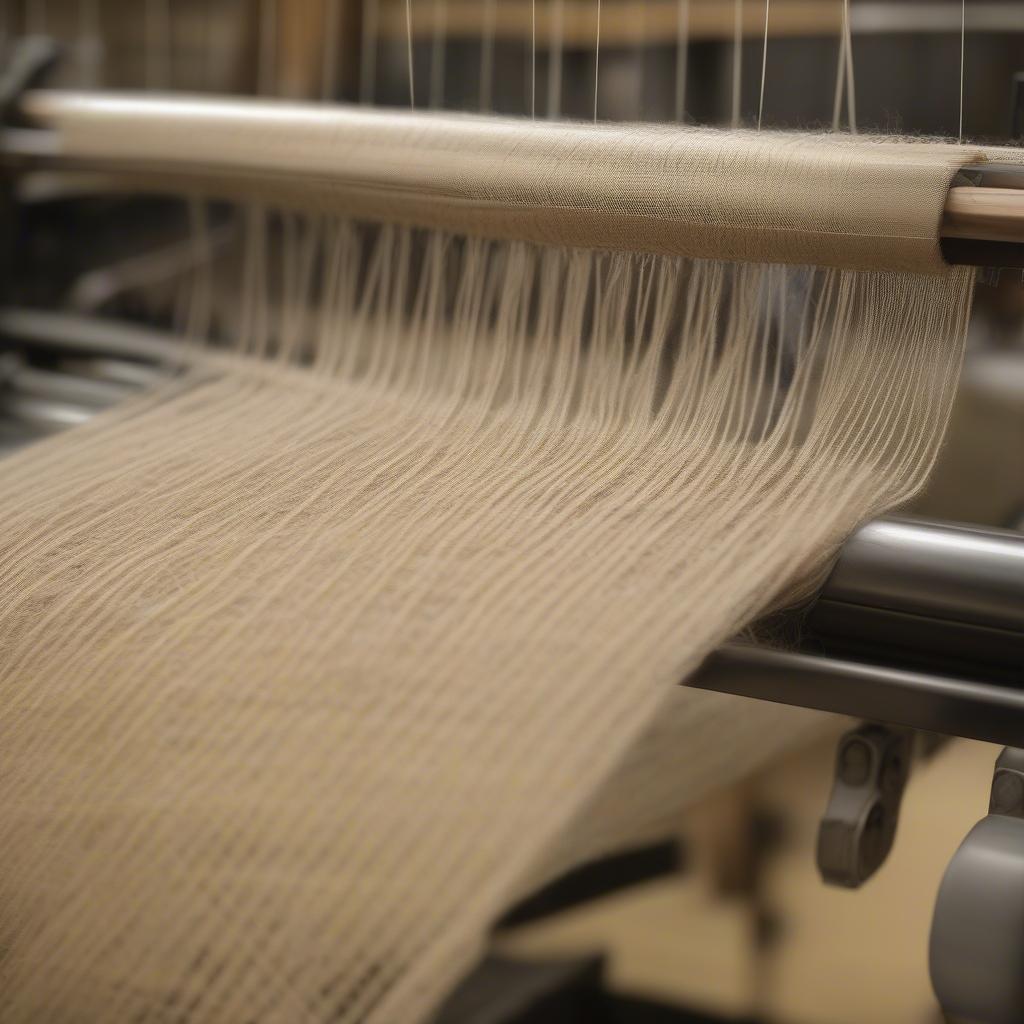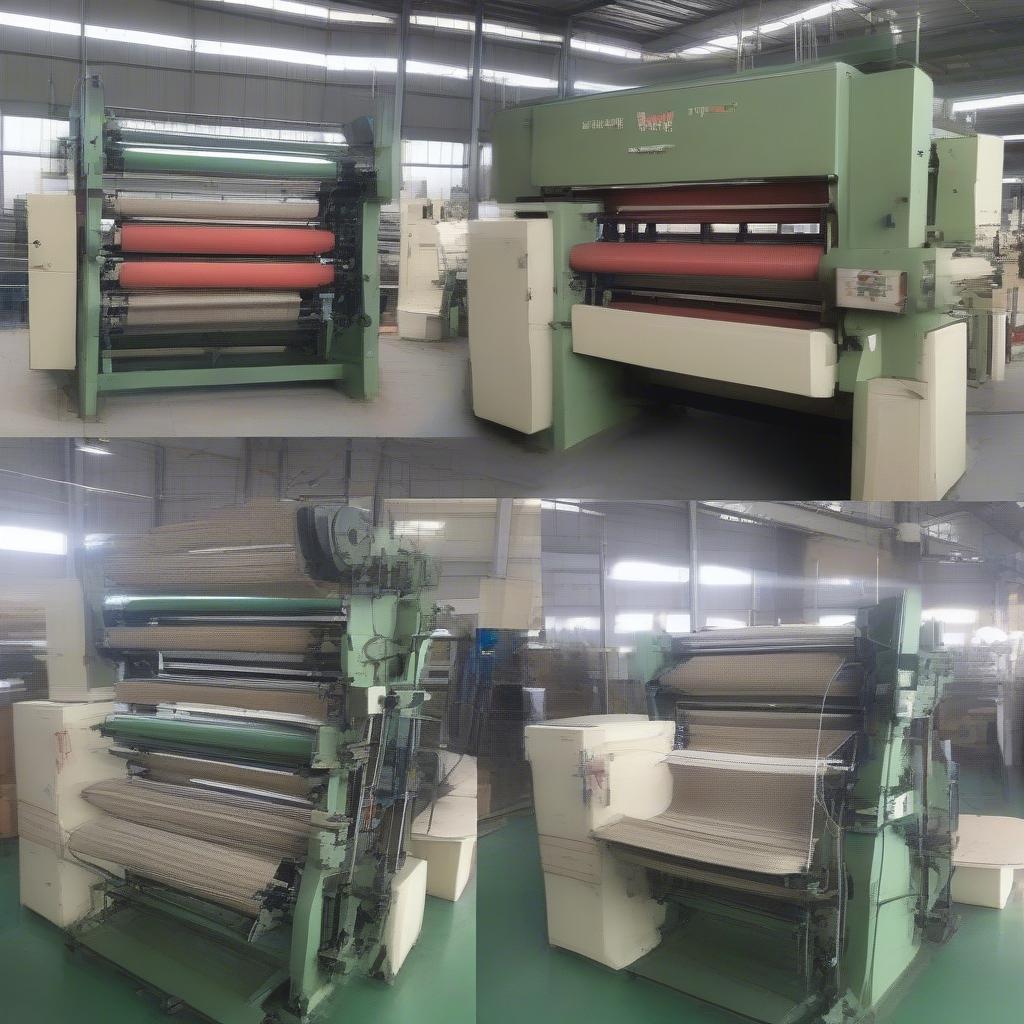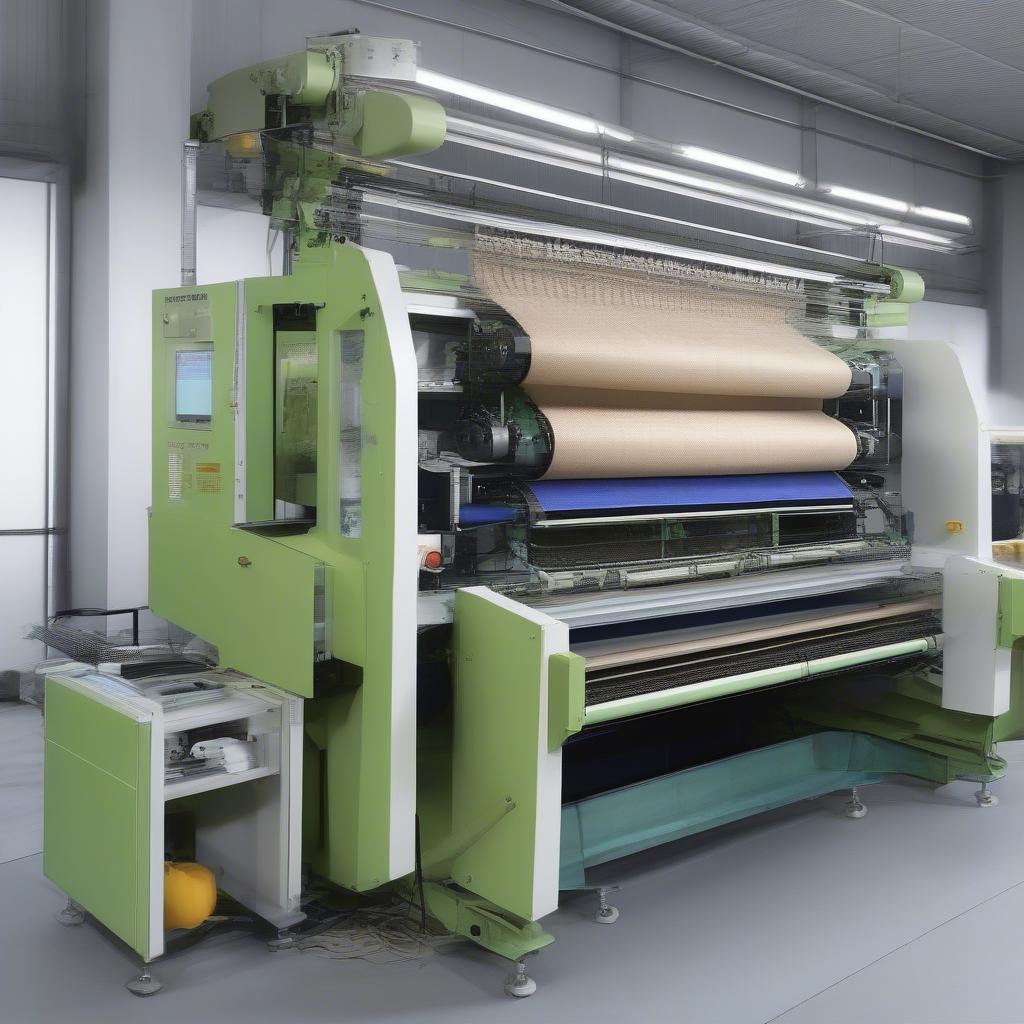Basket Weaving
Jute Sacking Bag Rapier Weaving Machine: A Comprehensive Guide
Jute Sacking Bag Rapier Weaving Machines are essential for producing high-quality, durable sacks. This article delves into the intricacies of these machines, exploring their functionality, benefits, and various applications within the jute industry. We’ll cover everything from the basics of rapier weaving to the specific advantages of using this technology for jute sack production.
Understanding the Jute Sacking Bag Rapier Weaving Machine
Rapier weaving machines are renowned for their versatility and efficiency in producing a wide range of fabrics, including jute sacking. These machines utilize rigid or flexible rapiers to carry the weft yarn across the shed, creating a strong and consistent weave. Jute, a natural fiber known for its strength and biodegradability, is an ideal material for sacking, and rapier weaving provides a precise and efficient method for producing these essential packaging solutions.
How a Rapier Weaving Machine Works
The process begins with the warp yarns, which are longitudinal threads running parallel to the selvedge. The weft yarn, carried by the rapier, is inserted perpendicular to the warp, interlacing to form the fabric. Rapier weaving machines offer high production speeds and are capable of handling a variety of weft yarns, making them suitable for diverse jute sacking applications. They excel in producing fabrics with intricate designs and complex weaves.
 Jute sacking bag rapier weaving process
Jute sacking bag rapier weaving process
Benefits of Using a Jute Sacking Bag Rapier Weaving Machine
Choosing a rapier weaving machine for jute sacking production offers several advantages:
- High Speed and Efficiency: Rapier looms are significantly faster than traditional shuttle looms, increasing production output.
- Versatility: These machines can handle different jute yarn counts and produce various sacking designs.
- Reduced Labor Costs: Automation reduces the need for manual intervention, minimizing labor costs.
- Improved Fabric Quality: Rapier weaving produces a consistent, high-quality weave, ensuring the durability of the jute sacks.
- Design Flexibility: Complex patterns and designs can be woven with ease, catering to diverse customer needs.
Choosing the Right Jute Sacking Bag Rapier Weaving Machine
Selecting the right rapier weaving machine depends on specific production requirements. Factors to consider include:
- Production Capacity: Assess the desired output volume to determine the appropriate machine speed and size.
- Sacking Specifications: Consider the desired weight, dimensions, and weave pattern of the jute sacks.
- Budget: Balance cost with features and performance to find a machine that meets both needs.
- Maintenance and Support: Choose a reputable supplier that offers reliable after-sales service and support.
 Different types of jute sacking bag rapier weaving machines
Different types of jute sacking bag rapier weaving machines
Maintenance and Troubleshooting of Rapier Weaving Machines
Regular maintenance is crucial for optimal performance and longevity. Key maintenance activities include:
- Lubrication: Regularly lubricate moving parts to reduce friction and wear.
- Cleaning: Remove dust and debris to prevent malfunctions.
- Inspection: Regularly inspect critical components for signs of wear or damage.
- Training: Ensure operators are trained on proper machine operation and maintenance procedures.
Common Issues and Solutions
- Broken Weft Yarn: Check for yarn tension issues, damaged rapier heads, or obstructions in the weft path.
- Uneven Weave: Inspect the warp tension, reed alignment, and rapier timing.
- Excessive Noise: Lubricate moving parts and check for loose components.
“Proper maintenance and timely troubleshooting can significantly extend the lifespan of a rapier weaving machine and ensure consistent production of high-quality jute sacking,” says John Miller, a veteran textile engineer with 20 years of experience in the industry.
Future Trends in Jute Sacking Bag Rapier Weaving
The jute industry is constantly evolving, with a growing focus on sustainability and efficiency. Innovations in rapier weaving technology include:
- Increased Automation: Automation features are being further developed to improve efficiency and reduce labor requirements.
- Smart Technology Integration: Integration of sensors and data analytics can optimize machine performance and predict maintenance needs.
- Sustainable Practices: Manufacturers are exploring ways to minimize waste and reduce energy consumption in the weaving process.
 Modern jute sacking bag rapier weaving machine with automation
Modern jute sacking bag rapier weaving machine with automation
Conclusion
Jute sacking bag rapier weaving machines are instrumental in producing high-quality, durable sacks for various applications. Understanding the machine’s functionality, choosing the right model, and implementing proper maintenance procedures are vital for maximizing efficiency and profitability in the jute industry. By embracing these practices and staying informed about emerging trends, businesses can leverage the full potential of jute sacking bag rapier weaving technology.
FAQ
- What are the key advantages of using a rapier weaving machine for jute sacking?
- How does a rapier weaving machine work?
- What factors should be considered when choosing a jute sacking bag rapier weaving machine?
- What are some common maintenance tasks for a rapier weaving machine?
- What are the future trends in jute sacking bag rapier weaving technology?
- What are some common troubleshooting issues with rapier weaving machines?
- What are the different types of rapier weaving machines available for jute sacking production?
Need support? Contact our 24/7 customer service team at Hotline: +84 388 951 999, Hanoi, Vietnam or Tech Avenue, Suite 12, San Francisco, CA 94105, USA.
